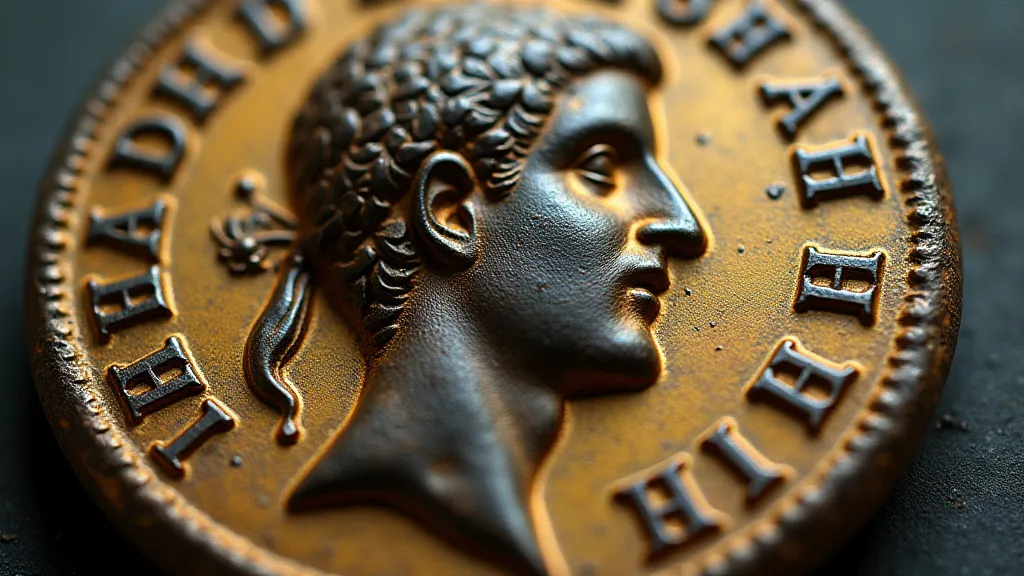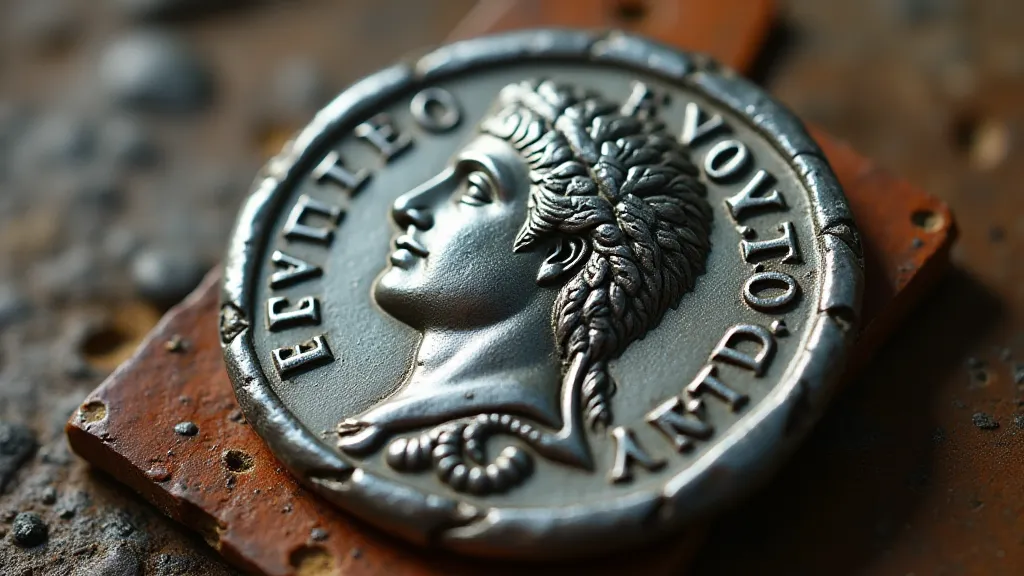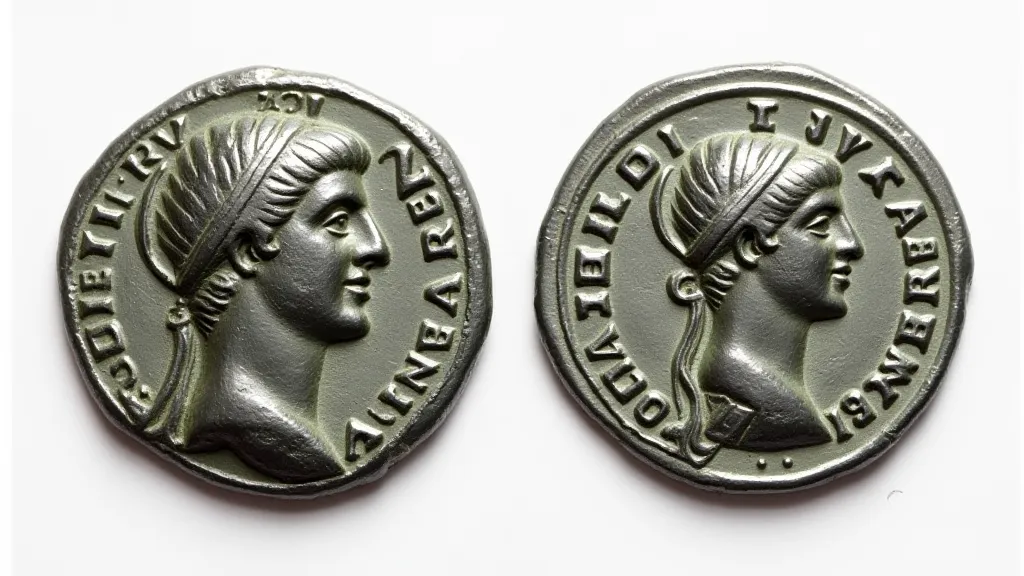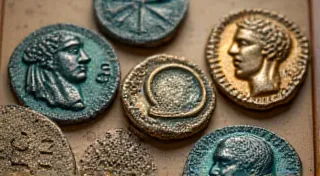Comparing Roman Coin Types: Aureus vs. Solidus
The Roman Empire’s monetary system evolved significantly over its centuries of existence. Understanding these shifts provides fascinating insights into Roman economic and political history, and for those of us crafting coin replicas, it's crucial for creating historically accurate pieces. Two gold coins, the Aureus and the Solidus, stand out as particularly important milestones. While both were valued gold denominations, they differed in size, weight, and, most significantly, in their intended purpose and the periods they represented. This article will explore these differences, providing valuable knowledge for the replica coin enthusiast.
The Aureus: A Symbol of Imperial Wealth (c. 27 BC – 310 AD)
The Aureus, often simply referred to as gold, was introduced by Julius Caesar around 27 BC and remained a significant denomination until the early 2nd century AD. Initially, it weighed approximately 12.4 grams and was considered equal to 25 silver Denarii. Early Aurei, particularly those from the reigns of Augustus and his successors, often displayed incredibly detailed imagery, often celebrating military victories and imperial power. The artistry was impressive, intended to project an image of Roman strength and prosperity.
The word "Aureus" itself is derived from the Latin word for gold, "aurum." The size and weight of the Aureus gradually fluctuated over time, with emperors often adjusting the precious metal content to address economic pressures. This debasement – reducing the gold content and adding cheaper metals – was a recurring theme throughout Roman history.

The Solidus: A Stable and Enduring Gold Coin (c. 312 AD – 457 AD)
The Solidus, introduced by Emperor Constantine the Great in 312 AD, represented a significant overhaul of the Roman gold coinage. Constantine sought to stabilize the economy after decades of inflation and debasement. The Solidus was standardized; it weighed roughly 4.5 grams (slightly more than a modern dime) and maintained a consistent gold fineness for over a century. This stability made it a trusted form of currency throughout the Roman world and even influenced coinage in other cultures, like the Byzantine Empire.
Unlike the fluctuating weight and quality of the Aureus, the Solidus represented an attempt at financial reform. Its smaller size made it easier to handle and transact with. Furthermore, the artistry on Solidii remained high, albeit often featuring a more formal and stylized depiction of the Emperor. The term "Solidus" implies solidity and reliability – a direct reflection of Constantine's intentions.

Replicating the Differences: A Craftsperson's Perspective
For those of us recreating these historical artifacts, understanding the distinctions between the Aureus and Solidus is vital. The Aureus, with its larger size and often more variable gold content, presents unique challenges. You'll likely need to experiment with different metal mixtures to accurately replicate the appearance of Aurei from various periods. Consider the inherent inconsistencies in ancient metalworking, which often resulted in variations in color and texture.
The Solidus, on the other hand, allows for more precision. The standardized weight and consistent gold content make it easier to replicate with greater accuracy. Paying careful attention to the detail of the portrait and legends will contribute significantly to the realism of your replica. Mastering metal casting techniques to achieve crisp detail is crucial for both coin types, but especially so for the smaller Solidus.
Key Differences at a Glance
- Aureus: Larger (approx. 12.4g), variable gold content, earlier denomination (27 BC – 310 AD).
- Solidus: Smaller (approx. 4.5g), consistent gold content, later denomination (312 AD – 457 AD).

By appreciating the historical context and technical differences between the Aureus and Solidus, you can elevate your coin replica projects from mere imitations to accurate and respectful representations of Roman history and craftsmanship.





